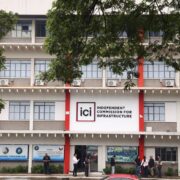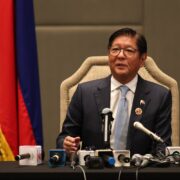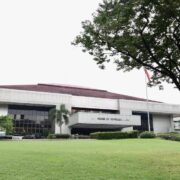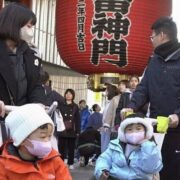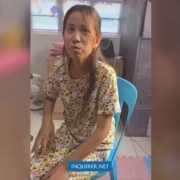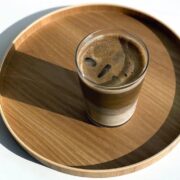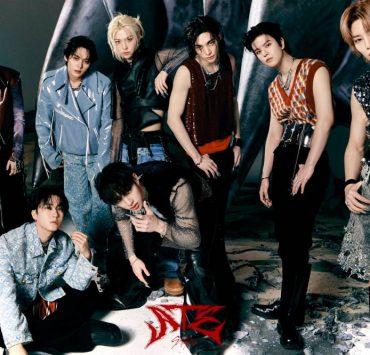Portable microscope: From TikTok challenge to offline exploration
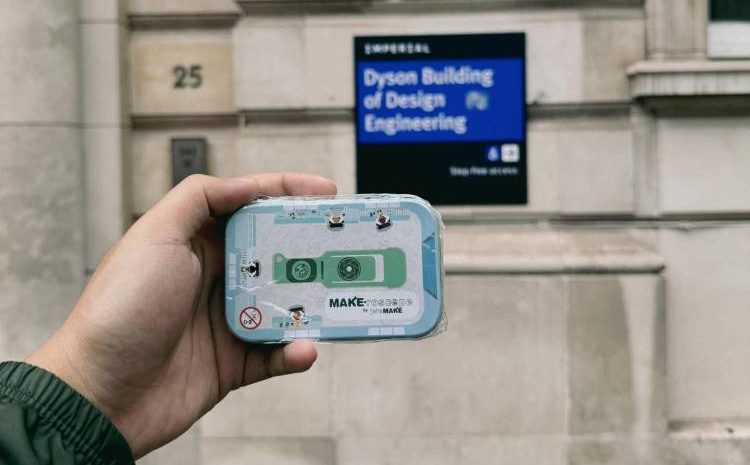
The idea to make a keychain microscope came about because of a TikTok challenge. Jeremy de Leon, 29, joined a competition sponsored by the Department of Science and Technology (DOST) on the platform in 2021.
The Mapua University graduate and manufacturing engineer made a microscope from a hairpin and a laser pointer and attached it to a phone. The entire project cost him P35 and won him a P25,000 prize. But his biggest takeaway was a question.
“I thought DIY (Do-It-Yourself) was supposed to be easy, but I had a hard time building that microscope. I thought about the kids who would want to do it as well, and I know they will have a hard time replicating it,” he told Lifestyle via Google Meet.
He continued to research and develop the product, working on at least five prototypes before arriving at one final design that he was satisfied with. With his winning prize, he was able to produce his first 10 Make-roscopes. They were made of soft PVC, and the lens was placed in the middle of the word “Jeremake,” which is the name of his company.
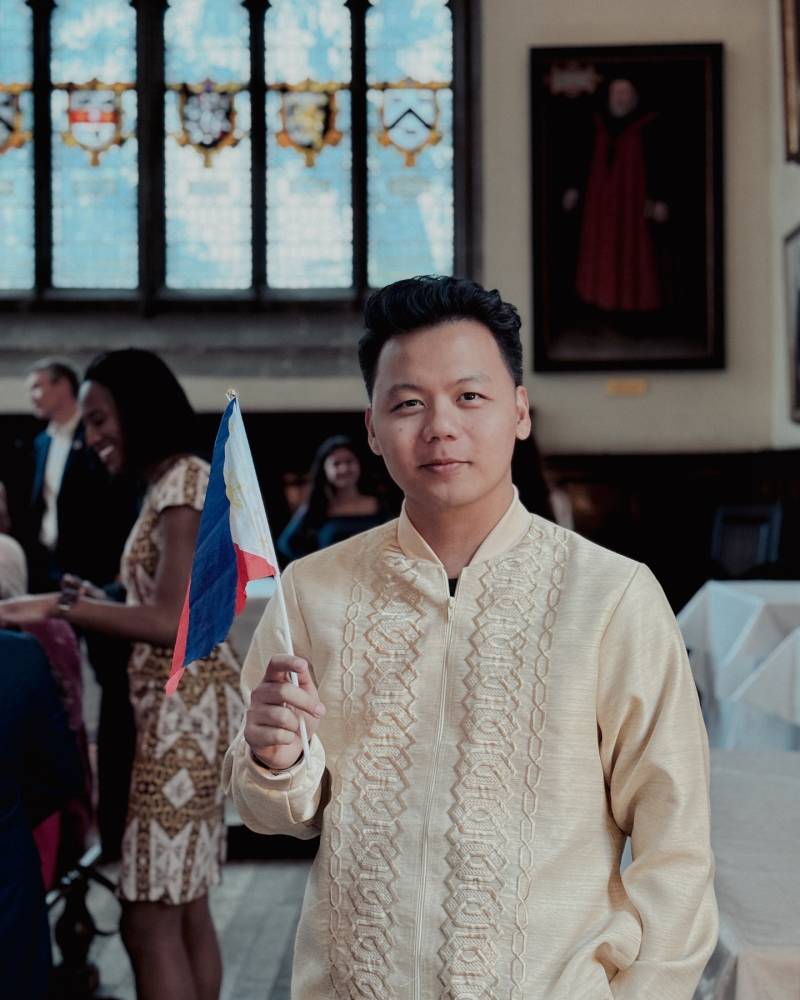
He continued to promote his product on TikTok, becoming viral in the process. This was how students from the University of Santo Tomas (UST) Microbiology Society discovered him. When Make-roscope was being developed, the target was bored kids stuck at home because of the pandemic. College students’ interest in it was monumental.
They were the first to test the product and to share their feedback. It was invaluable because through them and their adopted school, De Leon earned his first grant from DOST to make 1,000 Make-roscopes. DOST increased the grant to fund a total of 3,000. Urgency
De Leon said there was urgency at that time because of the lockdowns. The need for exploration in the comfort of their homes was immediate. The products were rolled out in different schools around November 2021, some of which he personally delivered to them.
“We only needed to take one banca to carry a bag of 20 Make-roscopes. Imagine how heavy it would have been if we were carrying 20 microscopes,” he said, smiling on the screen. The astonishment of the children when they placed specimens in between the slides is something he still remembers.
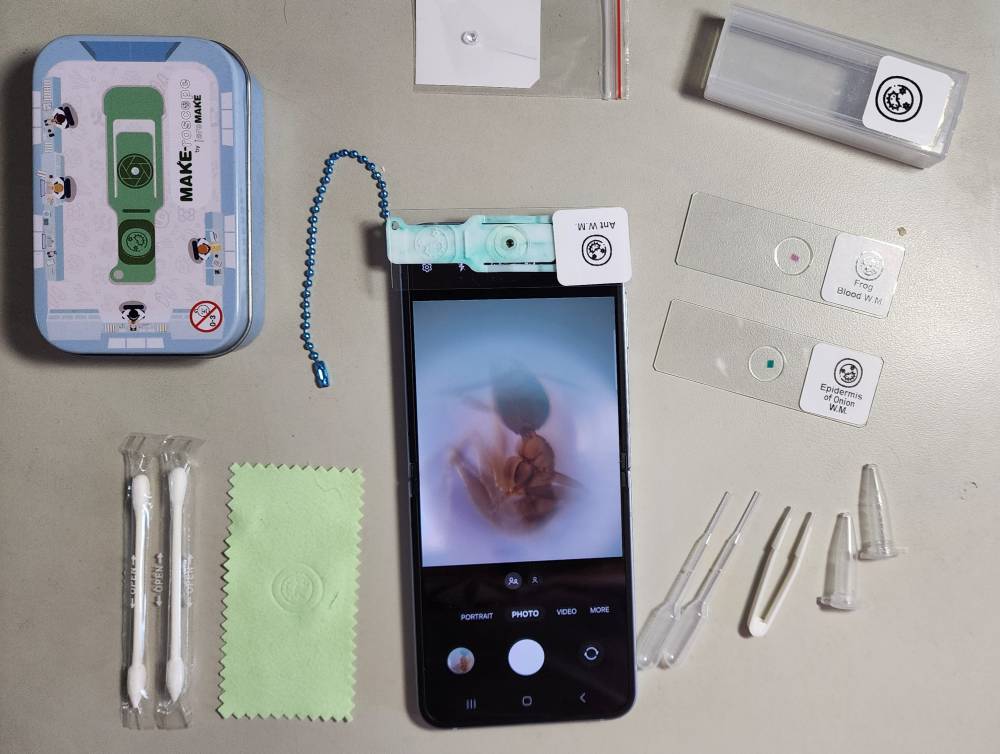
The Make-roscope was not meant to replace regular microscopes. Its magnification is at 125x zoom, and it could go as high as 400x depending on the phone. It could not see DNA, but it could magnify head lice for a group of kids, discovering what it looked like with its hairy legs. It encouraged them to wash their heads more often, improving their hygiene.
Make-roscopes offer accessibility and portability. Google Lens could be used to identify the microorganisms immediately. They are not fragile.
“Microscopes are usually placed inside glass cabinets where they are left unused. They are like your parents’ special plates that are displayed,” he said. “Make-roscopes are meant to be used. If you use it every day, it serves its purpose.”
One of the initial hurdles he had to overcome was the business side of things. How was he going to market his product to gain traction and enough interest? Who could he entrust with building his prototype according to his standards? This new version has been rolled out on online selling platforms, including select True Value and Handyman branches.
De Leon remains protective of his invention. He still chooses to work with schools and foundations to distribute his product. His goal has been to bring it to as many Filipino users as possible.
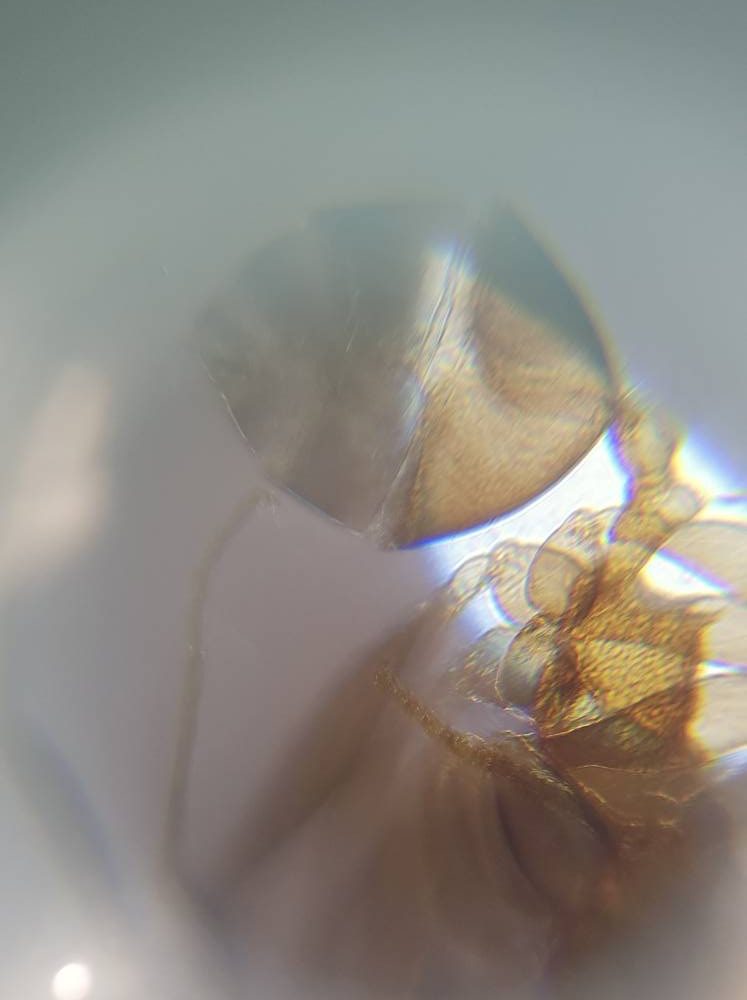
Its colors are limited, but they do come out with special ones on occasions like Christmas. One time, they brought a yellow Make-roscope to UST’s Microbiology Society as a way of giving thanks. He looks forward to more aesthetic designs for Make-roscopes once they gain a stable profit.
Gifted
De Leon sheepishly admitted that as a student, he only worked hard enough to make his parents proud. He made the top 10 list of his high school doing the bare minimum. It’s difficult to begrudge a gifted person like him when his ideals include creating something that will benefit a lot of young people.
“If the next doctor, veterinarian or scientist comes out because of this, then we’ve done our job,” he said.
Make-roscope is still in its infancy. De Leon said that they just roll over the profit to make more as of now. He would apply for grants to gain extra funding. Grants took him to Laos and the United Kingdom to show his Make-roscope to possible distributors. It opened his mind to not just focus on the Philippines, but to share it worldwide.
In three years, they produced 8,000 Make-roscopes, a huge leap from the initial 10 pieces. There are now three more people working under Jeremake. The team is currently developing an app to go with the keychain microscope.
Make-roscope’s success is owed to its timing. But it also owes it to how De Leon willingly put himself out there. He never stopped doing TikToks and Reels to attract new users.
“Sell your innovation (immediately). Look for people who will be willing to buy. A lot of inventors are bogged down with the idea of perfection. They often think they need to come out with a perfect product immediately for people to like them,” he said.
Second version
He continued that inventors should not underestimate the feedback of consumers. Changes should be made after the feedback, not before. “Otherwise, you’re the only one buying that product if it stays in your lab.” De Leon cautions that not all feedback should be addressed. He is aware of Make-roscope’s limitations, especially at its price point. To expect that it could magnify up to 1,000 times is bordering on impossible.
Make-roscope is now on its second version after addressing the initial feedback. The strip, no wider than a thumb, sticks easier onto the device because it is now made up of environment-friendlier food-grade silicone. The P500 palm-sized kit comes with more inclusions.
“Parents said that they wanted to do more with their Make-roscopes, hence we added more slides and specimens,” he said. Each kit now has three specimens, two slides, a cotton swab, cleaning cloth, tweezers, dropper, tube, keychain and an extra 125x lens. The extra lens is a recent addition because De Leon said that users often lose theirs.
Make-roscopes can be cleaned with running water with no need for solutions. It will work with natural light, but De Leon said that it will work best in white light.
“If you take care of your Make-roscope, keep it in a safe place, it could last you a lifetime. It could last two to five years if you bring it with you everywhere as a keychain. But its wear and tear is at its best when you constantly use it,” he said.
As its inventor, the most fascinating specimen De Leon placed in between the glass slides is a bloodworm. Initially, he thought it was just an earthworm. It led him to reading about them and learning new things.
This is what Make-roscope is about. It is, first and foremost, a way to magnify the world until it fills your being with curiosity and wonder.



